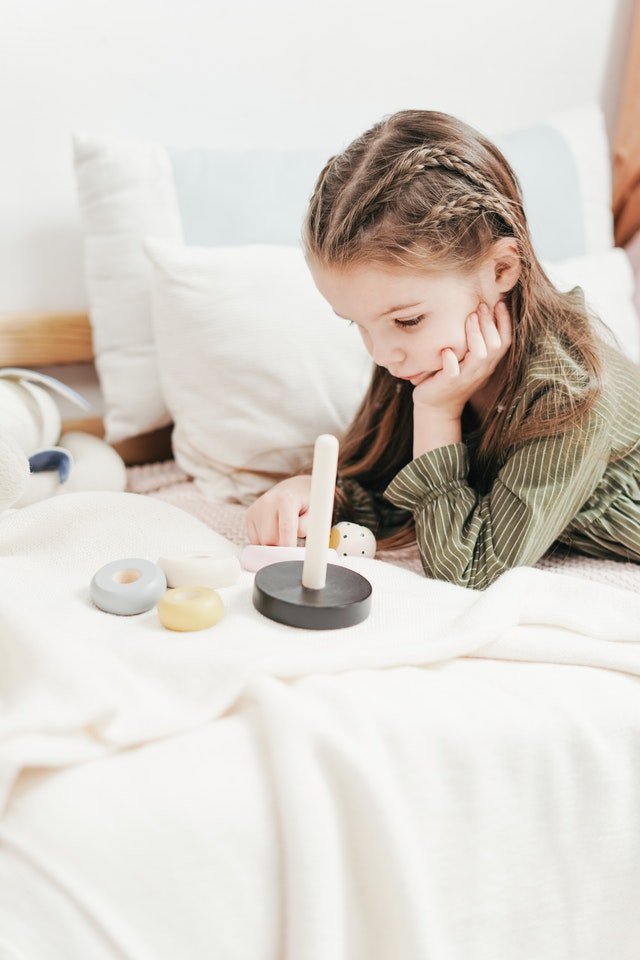Physical developmental stages
Grace Goodfellow, DPT
Physical developmental stages can vary from child to child. This guide will provide a guide for where a child should be progressing from age to age, but with anything there will always be children who hit certain milestones sooner or later without any underlying conditions. If you suspect your child may have a developmental delay, consult your pediatrician who can help guide you through this process and to a trained therapist who can access your child.
Physical Developmental Stages
Though we all develop in different ways and at different times, there are some general guidelines and "checklists" we as parents can use while working with our children to help ensure proper physical development. If your child does not seem to be meeting these milestones in a timely manner, do not hesitate to call for a free consultation. Our physical therapists are trained in screening and evaluating children of all ages and can provide you with specific exercises for your child. It is important to help your child develop physically, not only to help them become strong and coordinated to ensure safe navigation around their schools, community, and at home; but also to help them flourish in sports, family vacations, and/or when working on new skills.
** Consider seeing a physical therapist if your child is not consistently meeting these motor milestones.
** Consider seeing a physical therapist if your child has "stiff and tight" muscles making them appear rigid and rarely moving or if they seem "floppy" making them appear weak and have difficulty moving.
** Consider seeing a physical therapist if your child was initially meeting milestones and has regressed or has begun losing skills they might once have previous obtained.
** Consider seeing a physical therapist if your child is consistently running into walls or falling excessively, if their balance and coordination seems "off".
4 Month Old Milestones:
Can hold their head up while lying on their stomach and props themselves up on elbows.
Pushes down on the ground when feet are on solid surface.
Brings hands to mouth.
Rolls from tummy to back.
6 Month Old Milestones:
Can roll both directions (stomach to back and back to stomach).
Sitting on solid ground without support.
Will support themselves with their legs when held in standing and maybe even begin to bounce.
Rocks back and forth in crawling position.
9 Month Old Milestones:
Can pull to stand and remain standing while holding onto external support (chair, table, bench, etc).
Can move themselves into sitting position and sit without support on various surfaces.
Can crawl on hands and knees.
12 Month Old Milestones:
Can walk (cruise) along furniture and may even take a few independent steps.
Can stand without holding onto external support.
18 Month Old Milestones:
Can walk alone without any assistance from furniture or parents.
** Consider seeing a physical therapist if your child is not walking independently at 16 months old.
Can begin to walk up steps with use of handrails/walls/parents and begins to run across flat ground.
Pulls toys while walking around.
Milestones for 2-Year-Olds:
Runs and walks fairly well.
Jumping up and down in one place with both feet leaving the ground.
Walks up and down the stairs independently (can be holding onto railing or wall)
Kicks a ball with either foot.
Climbing onto/off of furniture.
Stands on tip toes
** With tip toes, make sure that child is not consistently toe walking. See "Toe-Walking Blog" for more information.
References:
Centers for Disease Control and Prevention. https://www.cdc.gov/ncbddd/actearly/milestones/index.html
Children's Hospital of Richmond at VCU. https://www.chrichmond.org/therapy-services/occupational-therapy/developmental-milestones/gross-motor-skills-birth-to-5-years





